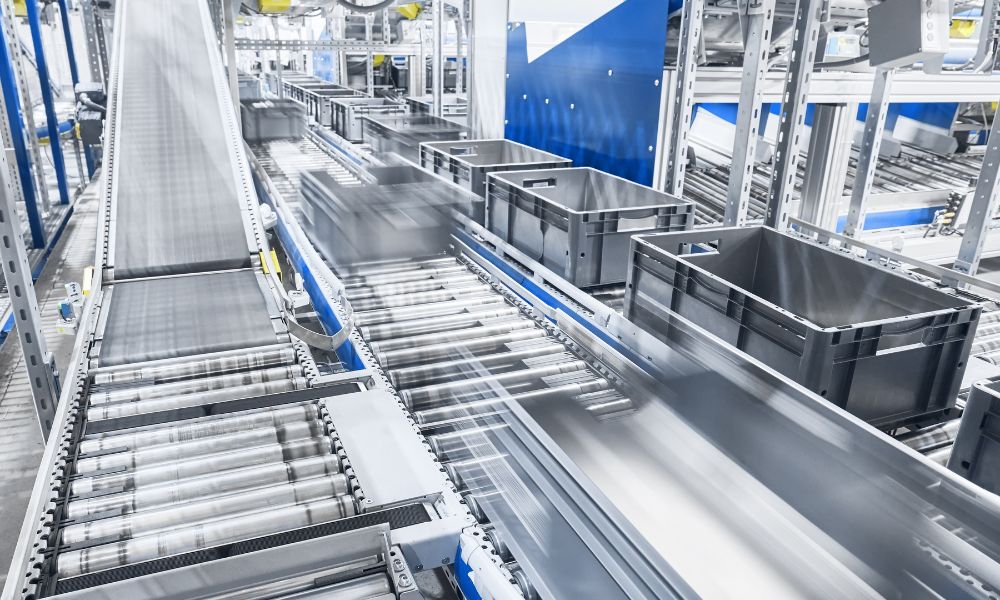The invention of conveyor belts has revolutionized production lines and streamlined manufacturing, packaging, bulking, and assembling. But how much do you know about conveyor belts in industrial fields? Here are the ins and out of industrial conveyor belts.
Types of Conveyor Belts
Let’s review the different industrial conveyor belts in the field. Each one ranges in practicality and purpose for varying industries.
Portable Conveyors
Portable conveyor belts act as pieces of continuous material handling equipment for unloading and loading different materials. These include lump material, bulk material, and packaged goods that range in height and placement. They’re lightweight options for portable applications that also work in inclines or curves for better transportation.
Horizontal Conveyors
Horizontal conveyor belts often function in assembly lines, warehouses, factories, food processing, and small-part handling. They can also integrate into more sophisticated machinery for increased throughput. They help transport materials or items from one location to another along a series or belt of rollers.
Incline Conveyors
Incline conveyors operate on an angle and transfer products from one level of a facility or store to another. They can range in angle between 18 degrees to a staggering 90 degrees, working well in limited-sized locations or facilities with multiple floors. Incline conveyor belts help boost workplace productivity, relieve employees of risky work, and ensure product safety.
Industries Using Conveyor Belts
One fact to know about the ins and outs of industrial conveyor belts is that they find use across multiple industrial fields. For instance, sanitary and washdown conveyors often suit food and pharmaceutical environments, as they comply with FDA standards and guidelines.
Furthermore, sanitary belts require harsh washing and sterilization for machinery and food handling. Other industries that benefit from conveyor belts include agriculture, mining and excavation, warehousing, facilities with restricted space, and more.
Conveyor Belt Replacement
Conveyor belt replacement occurs based on signs of wear, discoloration, and lack of functionality. Firstly, look for signs of cracks, scrapes, and scarring, as they can wear further over time and cause contamination. Moreover, discoloration can occur due to age and exposure to cleaning chemicals.
The ideal method to know if conveyor belts need replacement is to understand their life expectancy. Conveyor belts commonly need replacement at least once a year, and you should record when a replacement occurs.





